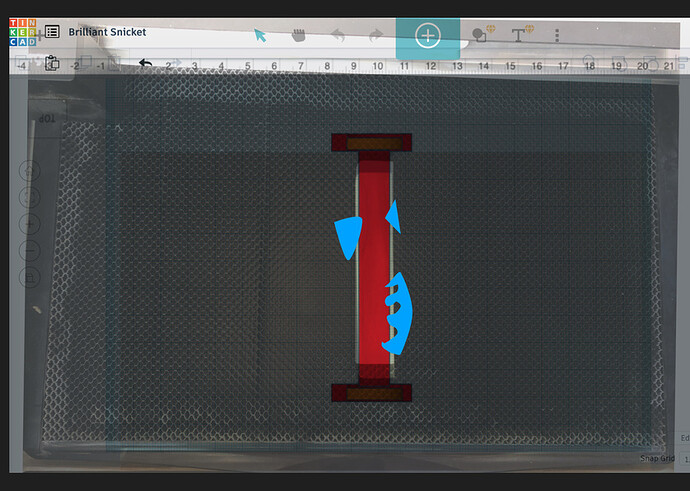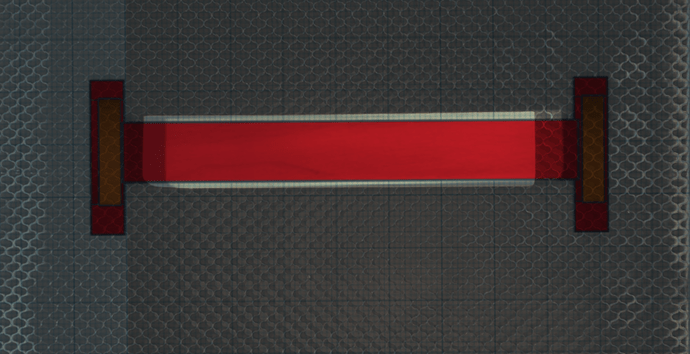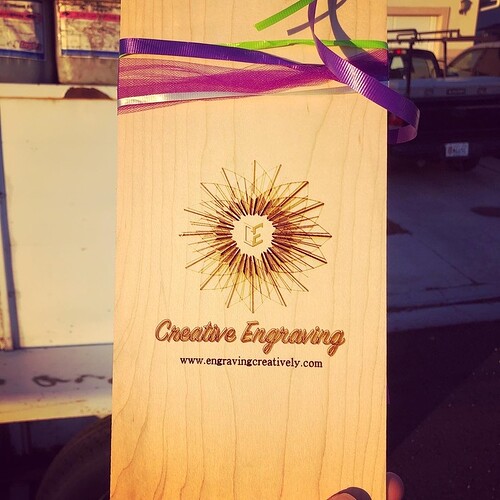Excellent idea for a jig. I think it would work great for Engraving pens and other items of like size. It would also work great for miter cuts.
I just don’t think it would work well for three plus one CNC work simply because it’s just so darn hard to get consistent depths with a laser. Please, please prove me wrong though.
What does this mean?
In the YouTube video you sent, I like the process but the YouTuber created his model within TCAD. I already built my model in Modo. In his video he has steps that allow him to export layers of a thickness he is cutting out on GF.
With STL’s OBJ’s and SVGs it doesn’t allow me to have steps to be able to export those layers. How are you getting those layers?
I notice we are doing two different kinds of things. Your intricate design above doesn’t show what you took into TCAD and exported into the SVG you showed.
I assumed like @aggrokulture had asked about
that something was brought into TCAD to export what you have in nodes as an SVG.
The video you shared about the 3D Castle built in TCAD, does represent how to export those step layers into SVG layers to use GF to cut. I cannot understand like @aggrokulture what the process you used to get your final result and even if it relates to anything I’m trying.
What process did you do to get that SVG result?
3+1 is the scheme where you cut XYZ with B, or A, whatever you are calling your rotational axis, staying still and then B is activated and XYZ goes at it again. This is opposed to true 4 axes where B is active all the time.
In other words, I don’t think you will get the accuracy to cut a totem or such because we just don’t have that precise of control over the depth of cut (Z).
In other words, I don’t think you will get the accuracy to cut a totem or such because we just don’t have that precise of control over the depth of cut (Z).
I have seen some of the greyscale 3D engravings from the GF videos:
Why wouldn’t this be used with cuts like this ?
Why couldn’t one just rotate the jig then rotate the wood in the spindle to get Z with 3D engravings?
Abode Illustrator and Affinity Designer allow one to use brushes in as vector graphics, why couldn’t GFUI add brushes to give fine detail?
I painted this in Ai a while back. If GFUI had something like this it would be so awesome! It would be like painting, laser engraving, and sculpting at the same time.
In the film and gaming world for CGI, everything is done in passes.
I created a 3D engraving like this with my logo:
All these things put together I’m sure this would be possible.
Are you saying TinkerCAD isn’t letting you do it once you’ve imported your STL there, or are you saying Modo doesn’t have steps to export layers?
What process did you do to get that SVG result?
I imported an STL file I had downloaded from Thingiverse, and followed the steps shown in my first post. That’s the whole process.
Your intricate design above doesn’t show what you took into TCAD and exported into the SVG you showed.
It was just a flat piece. Take the SVG I showed, project it about 3 mm out from the screen, and that’s what it was. I just wanted it two-dimensional instead of 3.
Are you saying TinkerCAD isn’t letting you do it once you’ve imported your STL there, or are you saying Modo doesn’t have steps to export layers?
Correct TCAD when one imports STL, its a solid object. There are no steps like the castle he built in TCAD. When exporting STL import there are no steps because its a solid object. I tried several OBJ’s and they didn’t import at all.
You have to MAKE the steps. See step 2 in my original post. Exporting as SVG will export JUST the slice that’s sitting on the surface of the workspace. For multiple slices, you just move the object up or down by the amount you want the depth of your slice to be, and export again. Repeat until you have all the slices you need.
… or use a Slicer.
Are there slicers that do this? The only ones I’m familiar with slice into layers, but then also calculate a tool path and generate gcode for 3D printing.
It would be handy to have one that outputs a stack of SVG files directly.
Autodesk Slicer can export in DXF, EPS and (for our purposes) PDF.
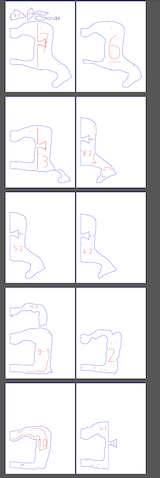
(in the time it took me to edit this, I found a 2049 horse model, imported to Slicer, and exported to PDF…)
Tried to use this, unfortunately it’s telling me my STL file size is to large and I haven’t a clue how to make it smaller 

How are you generating the STL file? What design software are you using? Is it a large, complex part with a lot of contours?
If you are willing and able to share the file here, perhaps someone can help you get a clean export.
If the geometry is simple then you may be exporting it from your CAD program with more resolution than you need, resulting in a mesh that has more detail than necessary. Or you may be able to break it into pieces so that each part is below the threshold of complexity/memory usage for success.
i tried with this, and all i get is the outline of the shape, none of the inside stuff… 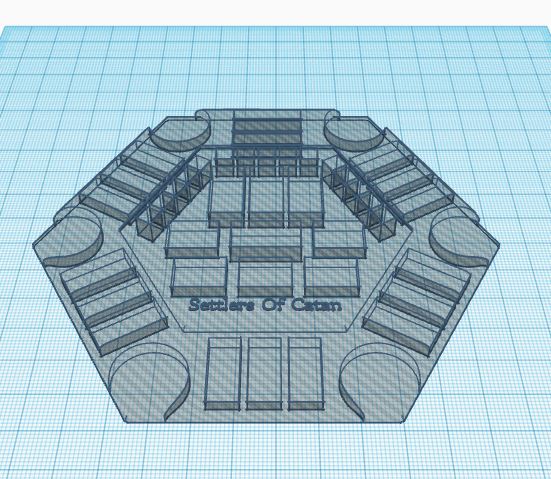
You’re converting a 3D shape to 2D, so where you “slice” it (the part on the floor of the workspace) is going to determine what your 2D shape will look like. If you want the inside shapes, then you need to lower it farther so the floor intersects them instead of the bottom of the piece.

